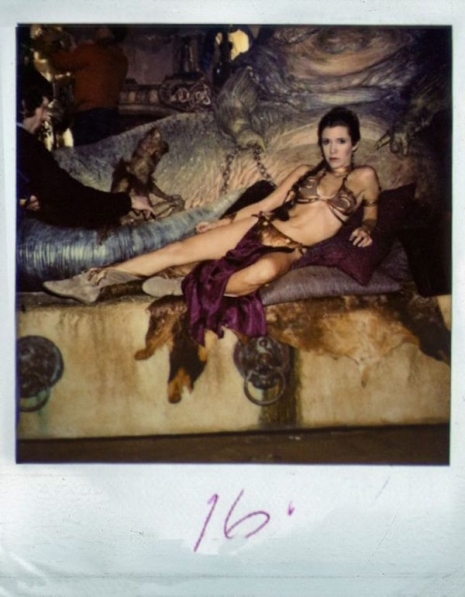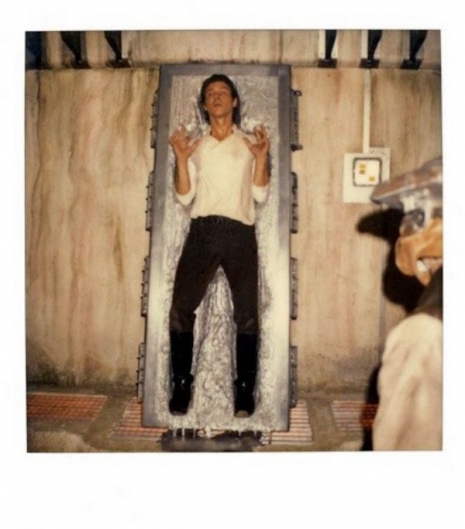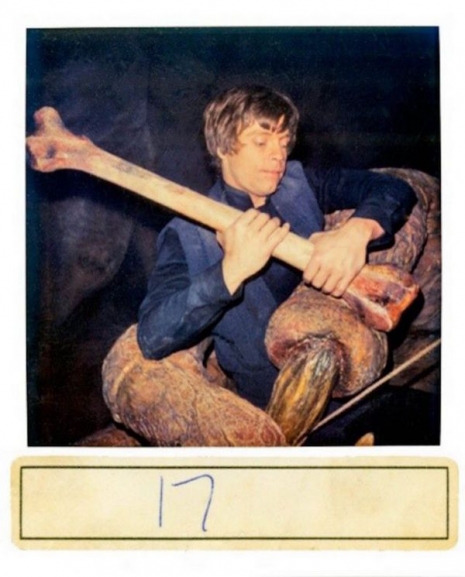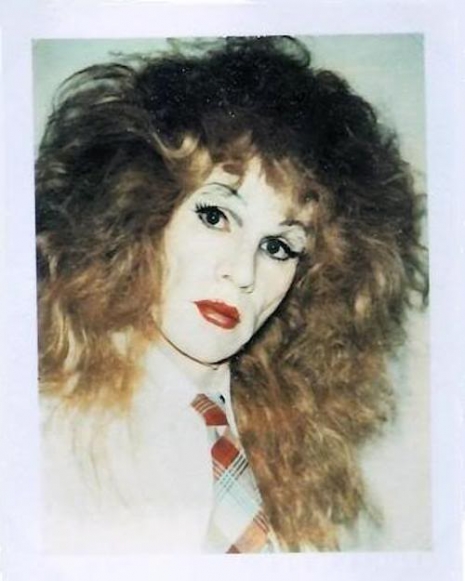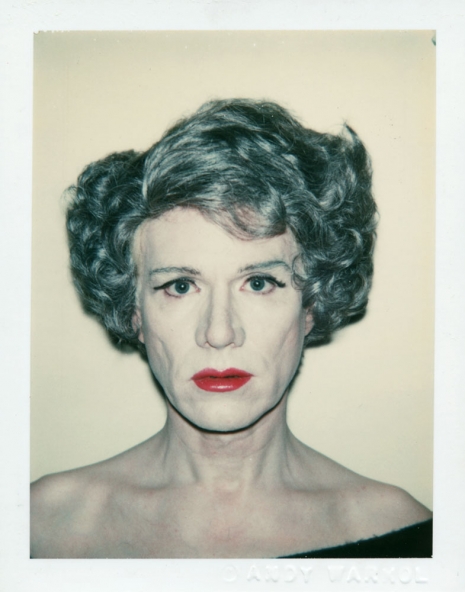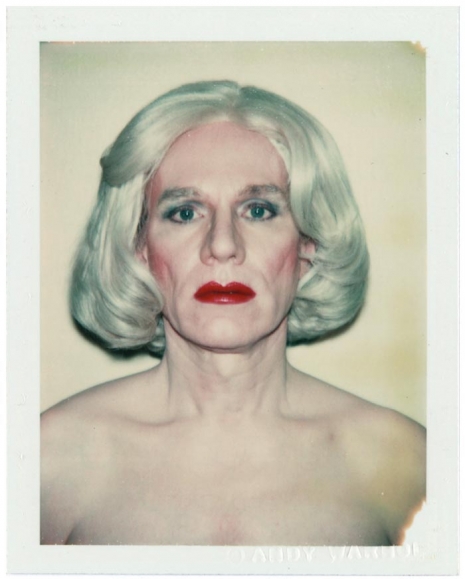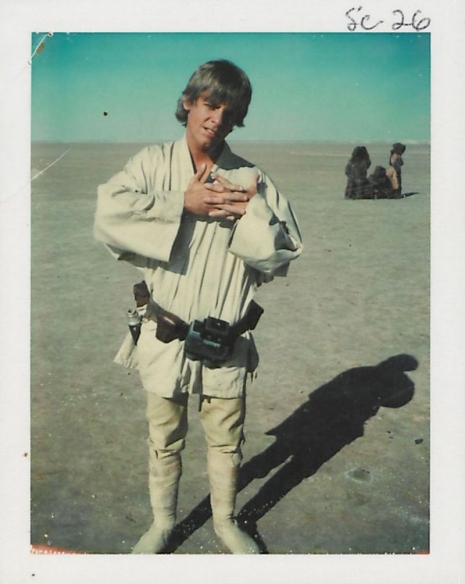
Star Wars or Star Wars Episode IV: A New Hope, to give the film its proper title, is the single most influential, and thus arguably, the most important movie of the past fifty years. Nothing comes close to the cultural, social, and technical impact George Lucas’s sci-fi soap opera has achieved—whether you or I like it or not. It even has its own religion. Its nearest rival is probably Harry Potter or the Avengers franchise, neither of which might ever have made celluloid without the technical advances in special effects pioneered under Lucas’s direction. Whether it’s a good film/film series or not, is entirely another question.
What’s interesting, from a purely sociological point of view, is why such a fantasy epic should hold such sway—perhaps a loss of faith in religion and politics? Humanity’s overweening need for fairy tales and the comforting narrative that all will be well?
When it first opened in 1977, Star Wars looked set to be a flop as most critics hated it. Waspish pipsqueak Pauline Kael said the film was “an assemblage of spare parts” that had “no emotional grip.” Other papers described it as “unexceptional,” “corny, solemn comic-book tropes,” or just “a set of giant baubles maniupated by an infant mind.” The Washington Post was one of the very few papers to recognize the film’s merit. Critic Gary Arnold said Star Wars was ” new classic in a rousing movie tradition: a space swashbuckler.”
... a witty and exhilarating synthesis of themes and cliches from the Flash Gordon and Buck Rogers comics and serials, plus such related but less expected sources as the western, the pirate melodrama, the aerial combat melodrama and the samurai epic.
Lucas worked on his Star Wars’ script for over two years. His original idea was to write a story about the relationship between a father and a son, or rather a father and his twin offspring. It grew and grew, until it became too unwieldy to film. He therefore decided to film the first third of his script as Star Wars Episode VI A New Hope, the other two thirds became episodes V and VI. The film reflects the time and culture of its day. In some respects it’s the last great all-white Boys’ Own adventure movie as the film featured only one female character Princess Leia—an intergalactic damsel in distress—and little diversity—other than James Earl Jones voicing Darth Vader. This imbalance has changed over the years to the point where there is a far more racially diverse cast and female characters taking leading roles.
But Star Wars as it was known on its release in 1977 was where it all began and for good or ill, cinema is still reflecting its influence forty+ years on.
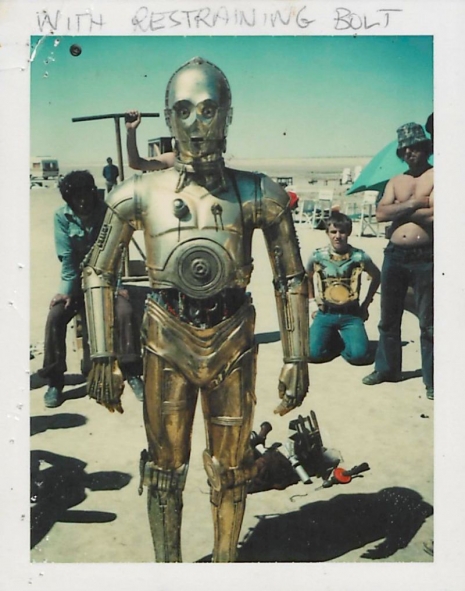

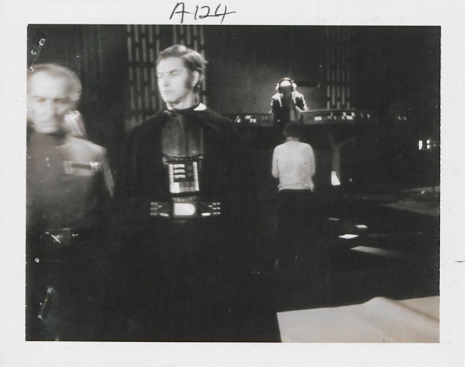
More Polaroids for ‘Star Wars Episode IV: A New Hope,’ after the jump…






